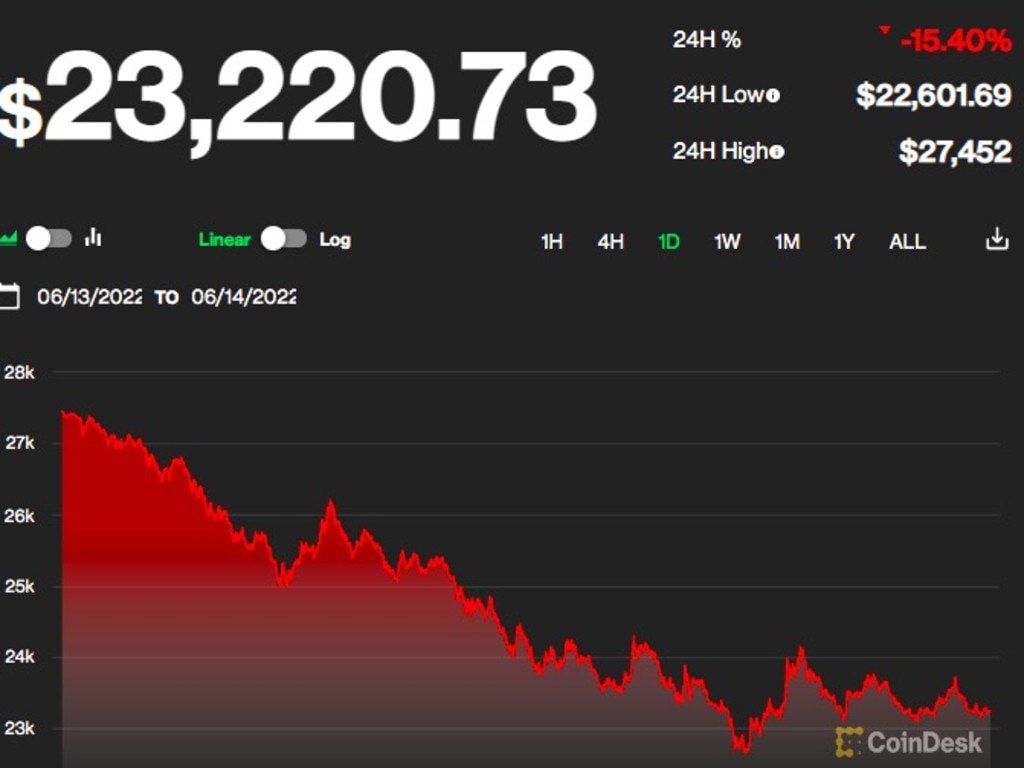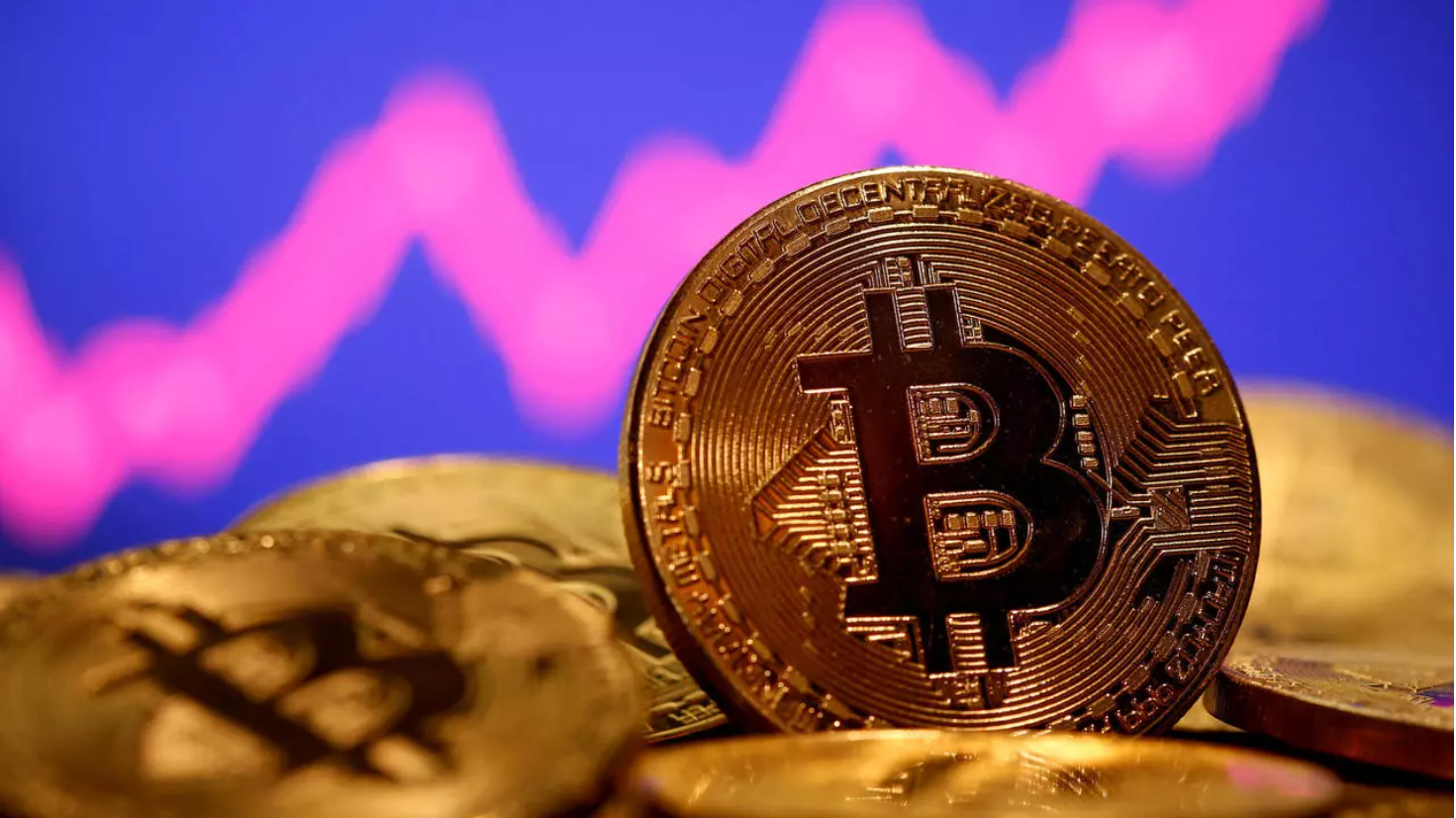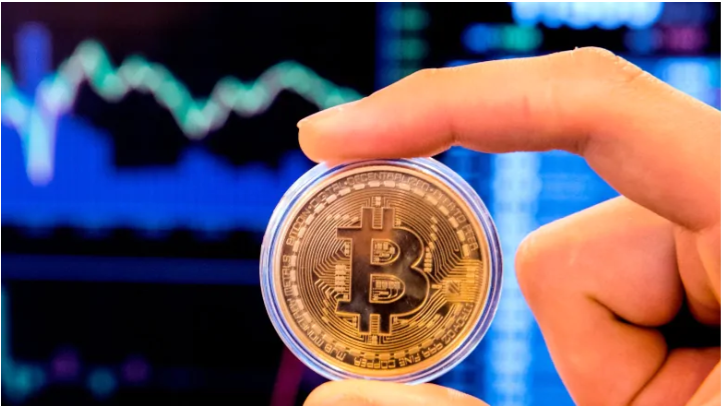
This article is more than
8 year oldThe fruitless search for Satoshi Nakamoto
WHEN bitcoin hit its most recent all-time-high in value at the beginning of the week, its inventor broke into the list of the world’s 50 richest people. But unlike the others to crack the glamorous club, we have no idea who he, she, or possibly they are.
What we do know, thanks to the blockchain ledger that records all transactions on the network, the creator of bitcoin is thought to still hold 980,000 coins, which at the time of writing are worth about $A21.3 billion.
The inventor of the so-called currency goes by the mysterious pseudonym Satoshi Nakamoto and whoever he or she is, they have managed to amass an eye-watering amount of wealth in the short space of a decade — assuming of course the digital tokens remain at their current level of value.
But the person who has lured close to $370 billion (roughly bitcoin’s current market cap) to their creation has remarkably remained anonymous.
Nakamoto’s identity has been the subject of widespread speculation since 2008 when the mysterious figure published the “white paper” that outlined bitcoin’s revolutionary technology.
Since then a number of people have been suspected of being behind it. Desperate sleuths have even pointed the finger at Tesla CEO Elon Musk as the man responsible.
WILL THE REAL SATOSHI PLEASE STAND UP?
The now iconic white paper, which was published on P2P Foundation, said the elusive Nakamoto lived in Japan and was born in 1975.
In March 2014, the world’s media thought they had found him claiming he was a computer engineer living in Temple City in Los Angeles County. The Japanese-American man, named Dorian Satoshi Nakamoto, quickly found himself at the centre of a media frenzy as photographers and journalists camped out on his front lawn.
Trained as a physicist he had worked as a systems engineer on classified defence projects and as a computer engineer for technology and financial companies. But the seemingly oblivious 64-year-old denied he was the shadowy force behind the cryptocurrency.
An article in the magazine Newsweek initially identified him. But shortly after giving a media interview in which he denied any involvement, Nakamoto’s P2P Foundation account posted its first message in five years, writing: “I am not Dorian Nakamoto.”
However, it is generally believed that the P2P Foundation account was hacked and the message was not sent by the real Nakamoto.

It soon emerged that computer scientist and cryptographic pioneer Hal Finney, who was the recipient of the very first bitcoin transaction, lived a “few blocks” from Dorian Nakamoto.
Forbes journalist Andy Greenberg attempted to interview Finney at his home, despite him battling terminal disease Amyotrophic Lateral Sclerosis which meant he was unable to speak or move his muscles.
After a writing analysis firm compared a sample of Finney’s writing to Satoshi Nakamoto’s, Greenberg theorised that Finney, who appeared amused when the journalist asked if he knew Nakamoto, was either the ghostwriter for the bitcoin creator or simply used his neighbour’s name as a moniker.
However Finney denied being the ghost writer of bitcoin and Greenberg would eventually believe he was telling the truth.
THE AUSTRALIAN CONNECTION
Arguably the closest we’ve come (if you can even say such a thing) to unmasking Nakamoto was when Australian authorities raided the home of Craig Wright for tax-related issues.
In December 2015, both Gizmodo and Wired published parallel investigations which identified the Australian academic as the likely inventor of the digital currency. The Sydney resident later confessed and publicly admitted to being the long-sought-after bitcoin creator.
At the time, he posted a lengthy admission on his personal blog and subsequently did the media rounds providing what he said was proof of his claim.
“I have been staring at my screen for hours,” Dr Wright wrote. “But I cannot summon the words to express the depth of my gratitude to those that have supported the bitcoin project from its inception.”
“Australian Craig Wright identifies himself as bitcoin creator, ending years of speculation,” declared the BBC.
For a brief, fleeting moment, it was case closed.

But social media site Reddit was quick to claim it had debunked his admission, spawning a number of conspiracy theories and pretty soon a torrent of sceptics rebutted Wright’s claims.
Gregory Maxwell, a leading developer working on bitcoin’s basic software wrote in an email to The New York Times that Dr Wright’s evidence “demonstrates no connection between this person and bitcoin’s creation”.
“This is a scam,” security researcher Dan Kaminsky wrote in a blog post during the frenzy. “Not maybe. Not possibly. Wright’s done classic misdirection by generating different scams for different audiences.”
As the dust eventually settled without an emphatic resolution, Wright retreated back into the shadows and the mystery endured. The consensus view was that Nakamoto remained out there.
THE OTHERS
Prior to Wright grabbing the spotlight, a raft of other potential candidates were accused of being behind bitcoin.
The list includes Irish cryptography student Michael Clear, Finnish game developer Vili Lehdonvirta, and even a trio of developers identified by US business magazine Fast Company.
Michael Clear, who at the time was a young graduate student in cryptography at Trinity College in Dublin, was accused by the New Yorker’s Joshua Davis of being Satoshi Nakamoto in 2011.
In the end, Clear led Davis to another man who he eventually thought might be responsible: Finnish games developer and social economist Vili Lehdonvirta who supposedly “matched the profile of the [bitcoin] author on many levels”.
But once again, it was a dead end.

There have been a handful of other names thrown in the ring over the years including a decentralised currency enthusiast named Nick Szabo who published a paper on “bit gold” which was considered to be a precursor to the famous cryptocurrency. Somewhat coincidentally he was also said to have been very interested in the use of pseudonyms.
In 2015, Nathaniel Popper wrote in the New York Times that “the most convincing evidence pointed to a reclusive American man of Hungarian descent named Nick Szabo.”
Like the others, however, he denied the charge and lashed out at the media for hounding him.
To date, arguably none of the potential Nakamoto candidates have commanded as much hype or degree of speculation as Australian Craig Wright, the only person to really welcome the accusation of being bitcoin’s inventor.
The goose chase after Satoshi Nakamoto is kind of scary
— Andrea Garcia-Vargas (@AGVwrites) March 8, 2014
THE POINTLESS GOOSE CHASE
The anonymity of its origin certainly isn’t necessary for a cryptocurrency to flourish. A raft of other digital coin systems have been broadly adopted in recent years, often making their creators rich in the process.
This week Charlie Lee, the creator of litecoin which has a current market cap of $26 billion, announced he had cashed in all his holdings following a spectacular yearly rise in value of more than 8000 per cent.
It might add to the mystique of the most recognisable cryptocurrency that its inventor remains unknown. But for the true believers — who claim it will completely disrupt traditional fiat currencies — it is inconsequential who is behind it.
And it clearly doesn’t matter to the huge number of people who have poured at least part of their savings into bitcoin in recent times. GOOSE CHAS
I understand that Satoshi is basically Moby Dick for Tech Reporters, but the identity of Bitcoin's absentee creator is not relevant.
— Dan Kaminsky (@dakami) May 2, 2016
I'm not playing the "Who is Satoshi" game. As I've said many times before, it doesn't matter.
— Andreas M. Antonopoulos (@aantonop) May 2, 2016
For now, Satoshi Nakamoto remains firmly in the realm of tech and financial folklore.
Despite countless investigations and analysis, nobody has managed to uncover the truth behind his or her identity.
But at least for the time being, their creation goes from strength to strength.




